This week on the farm, we harvested honey from our honeybee hives! That’s right, the delicious liquid gold flowed into quart after quart jar leaving us all with a slight sugar rush and feeling like a heat stroke was imminent. Why? Let’s just say you can’t press honeycomb without heat and without getting the honey on your fingers.
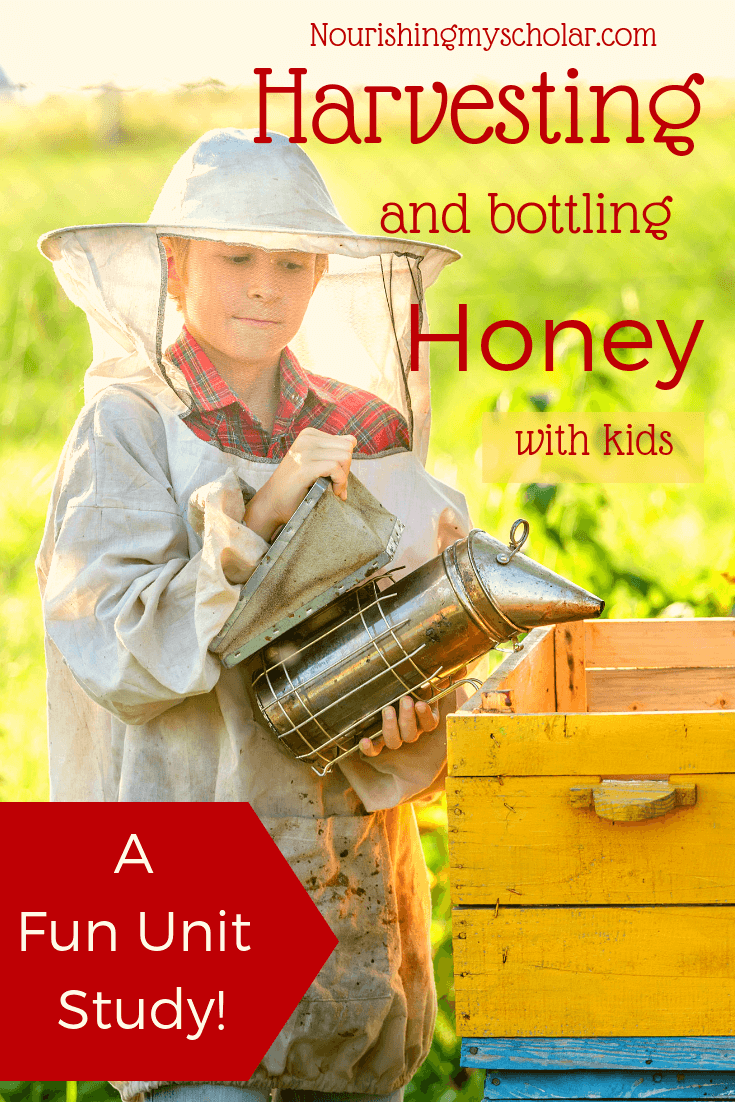
This post may contain affiliate links. Please read my disclosure statement for more information.
Harvesting Honey with Kids
Since moving to the farm our son has been learning all about the honey bees. The harvest process began earlier in the day. The fellas put on their protective bee gear and got the smoker ready. They worked one hive at a time. Smoking the bees and then opening the hive.
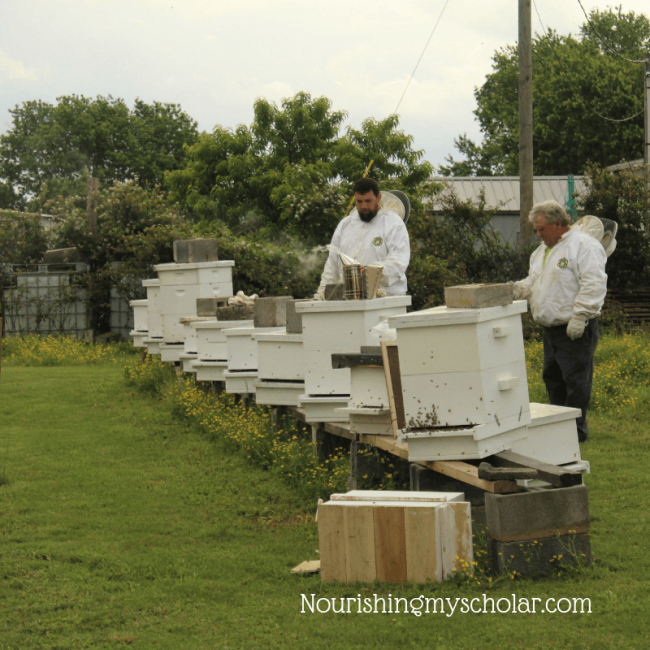
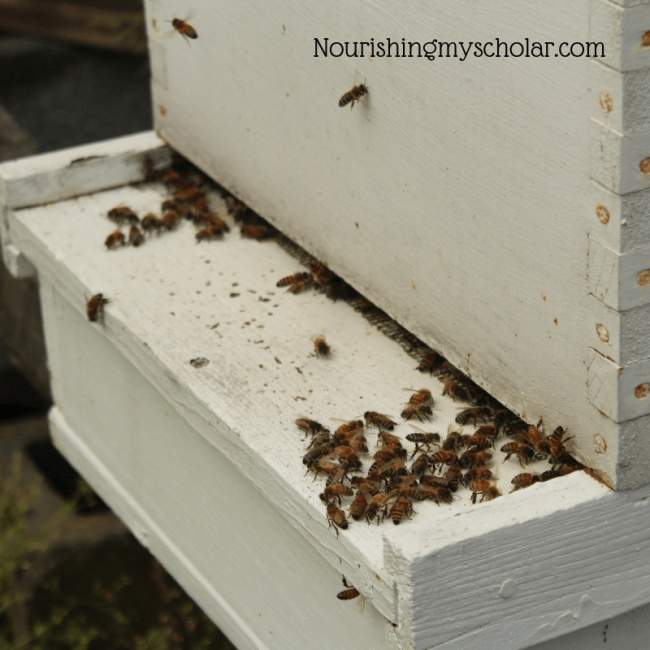
They blew the bees off of the individual racks that they were robbing and carried those racks to the “bee shed.” The bee shed is where most of the honey action takes place. But it cannot take place until the heat of the day. The reason? If the temperature is below 80 degrees, the honey flows slow…like molasses. With the temperature higher, the honey flows much more quickly and the process doesn’t take as long.
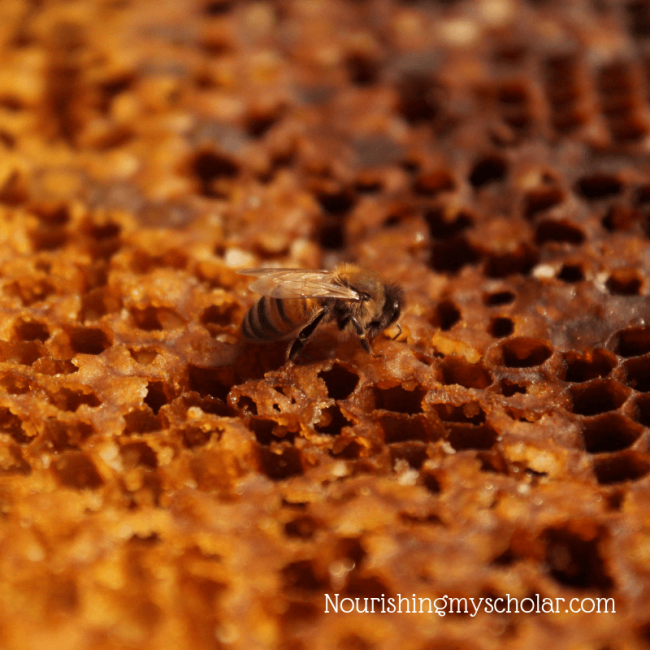
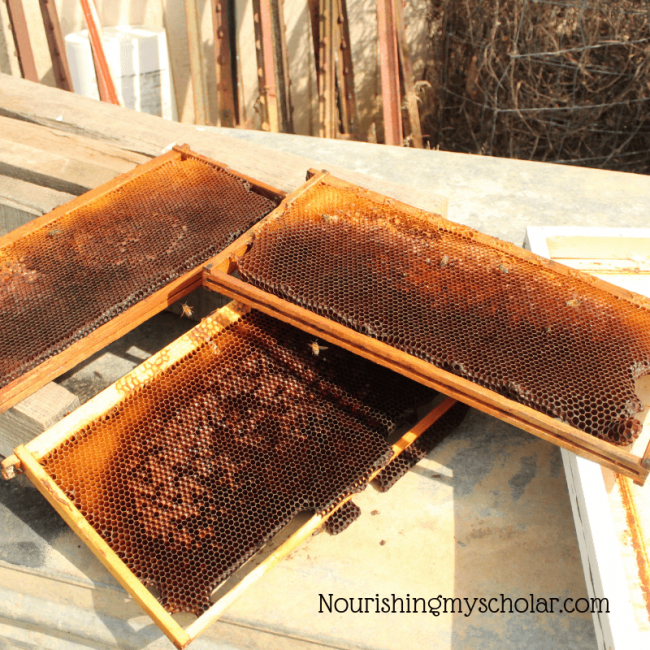
When the outside temperature hit 90 degrees, the next step in jarring the honey was ready to begin. Though the temperature outside was pretty hot, the temperature inside the bee shed was even hotter. We are talking over 100 degrees…with a fan blowing! We made sure there were loads of cold drinks for anyone that needed them.
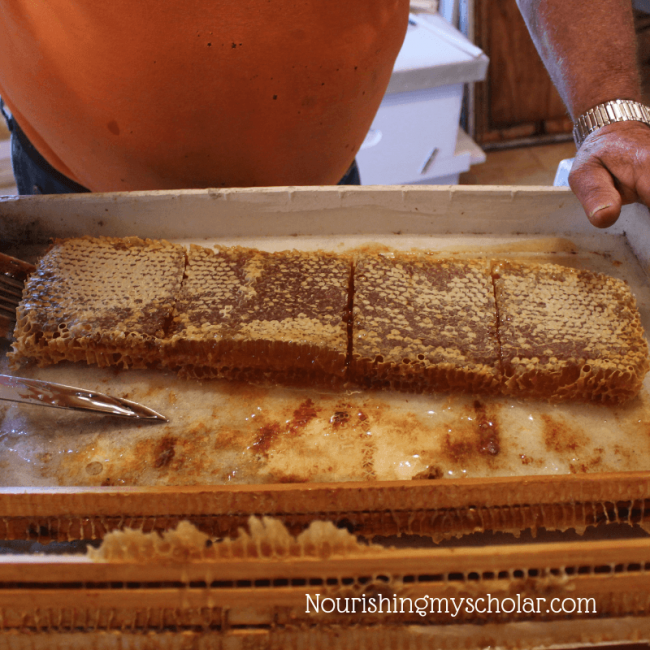
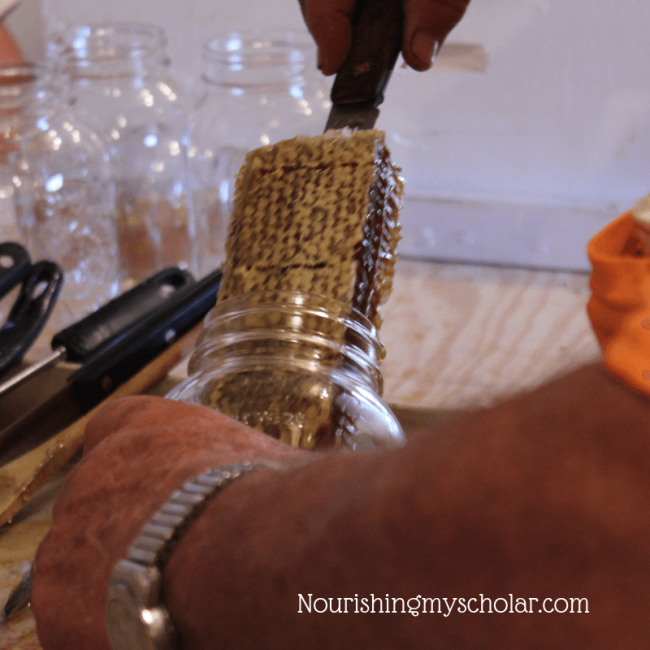
Removing the Racks Filled with Honey
Uncle Joe began removing the racks filled with honey. He handed them off to Uncle Johnny who cut the honeycomb out of each rack and sliced them into smaller pieces. They put two racks off to the side to use as the honeycomb in several jars. Some people like the honeycomb in their honey jar and some do not. So, the rest would be pressed.
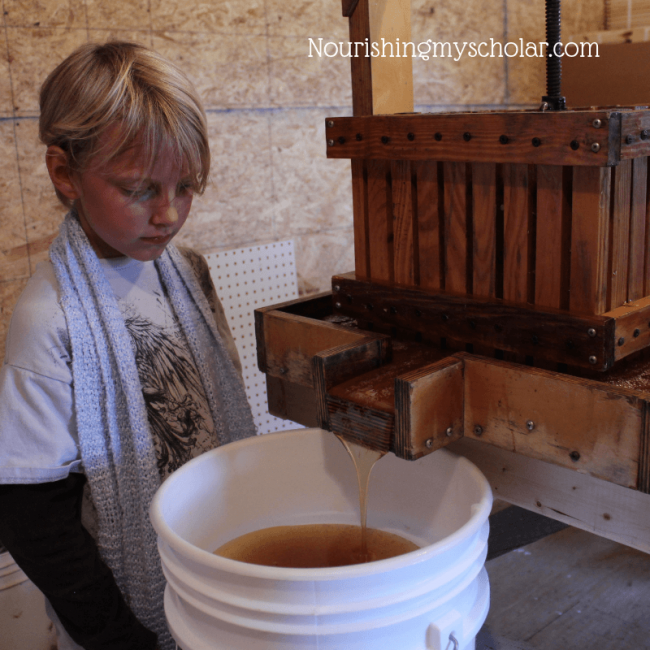
The Honey Press
Uncle Johnny placed each chunk of honeycomb into the wooden honey press. They continued this process until the honey press was filled to the rim. Then, Uncle Joe began turning the crank of the honey press. This lowered the top down onto the honeycomb and slowly pressed all of the honey out of it. The kids even got to take a turn cranking the press and watching the honey flow!
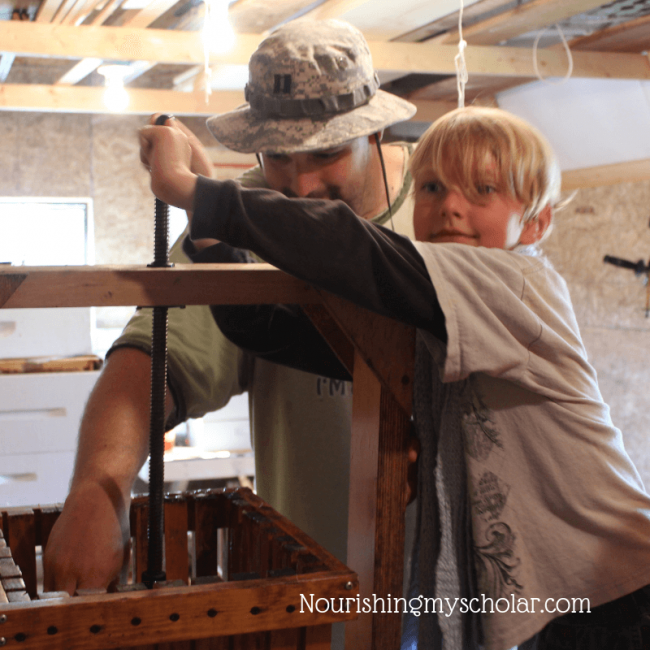
The honey poured out of the honey press very quickly and smoothly. Straight it went into the filter bucket. This bucket filters out any debris that may be in the honey and only lets the pure honey down into the bottom where the spout is located. All the while Uncle Johnny continued to add more honeycomb to the honey press and press it down.
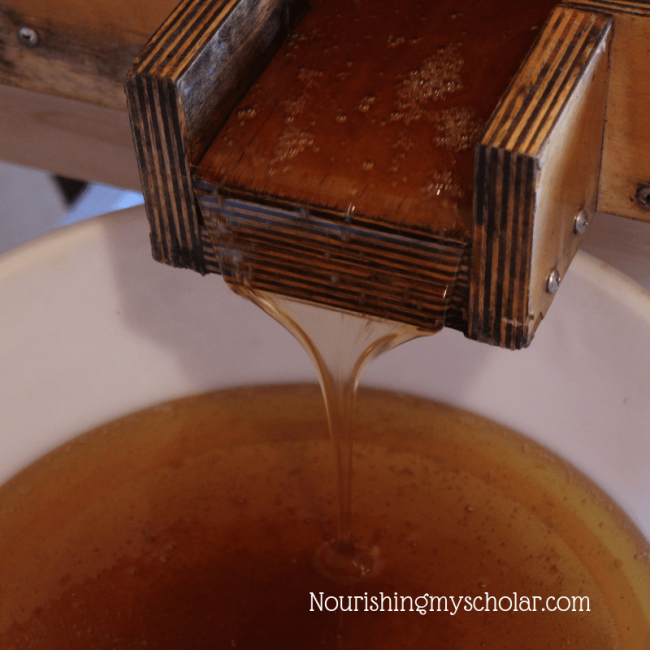
Harvesting Honey with Kids
Remember those two racks that they held back to use as honeycomb in the jars? Well, once they had finished pressing all of the other honeycombs, they brought those two racks to the table and began slicing them up. They placed each slice into a sterilized jar and set them aside.
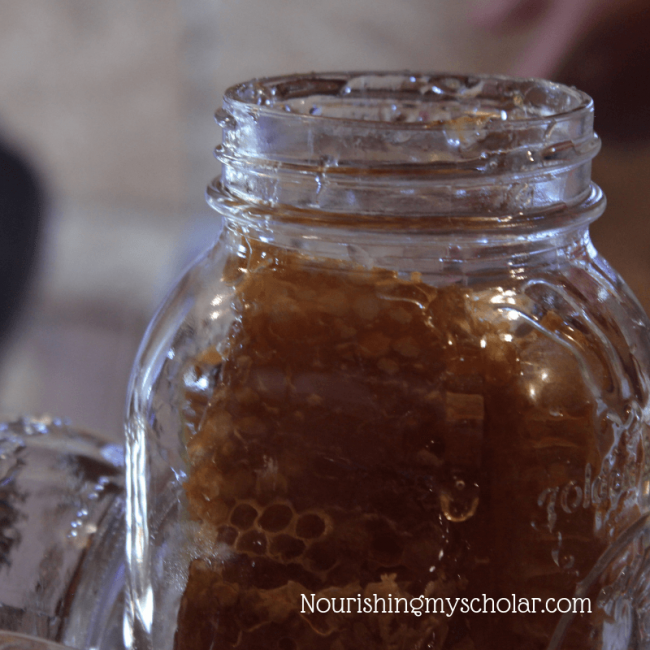
Once they had put a slice of honeycomb into the desired number of jars, they took them straight to the filter bucket spout to be filled with honey first. Then, they filled all of the empty sterilized jars until the honey ran out.
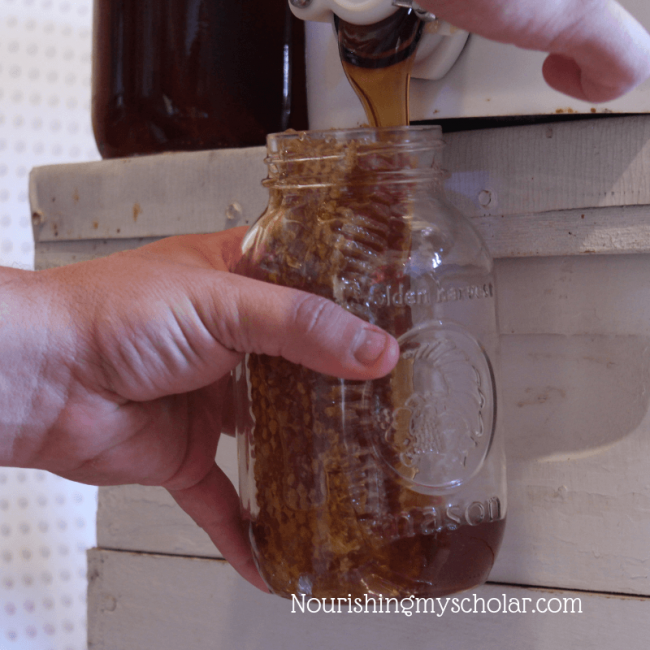
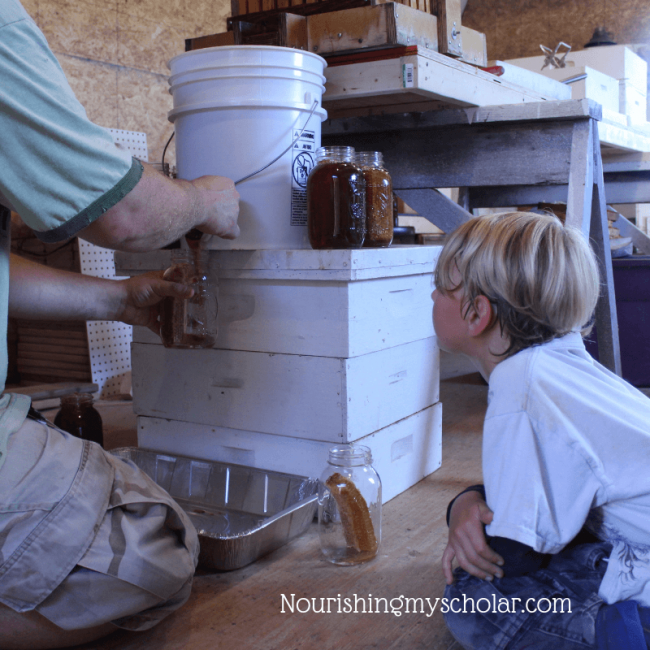
30 jars in all were filled and we got to bring home seven of them! The process of harvesting honey is such an interesting one!
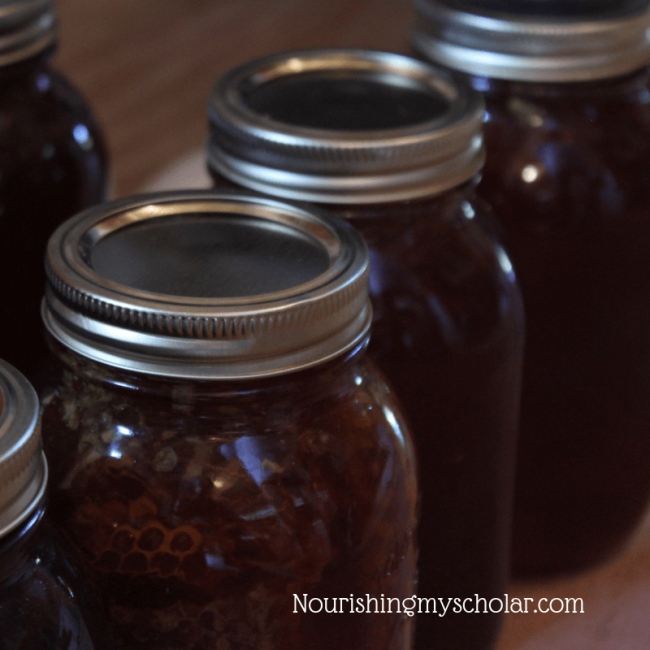
Bee Unit Study for Kids
Are your kiddos interested in beekeeping science? Did you know that these little pollinators are critical to the process of pollination? Many of the fruits and vegetables in the grocery store would not be there without the help of our insect friends.
Exploring Nature with Children is a year-long curriculum. It contains 48 weeks of material including weekly nature book lists, nature poetry, nature activities, and nature art to enjoy.
Exploring Nature With Children has a whole week devoted to Honey Bees in June! Your kiddos can study the parts of a honey bee including head, thorax, abdomen, and compound eye.
Did you know that Honey Bees are social creatures? Your kiddos will learn about the bees social structure within the hive. Then there is a bit of bee poetry and a bee-autiful piece of art to study!
There are also tips on bee safety!
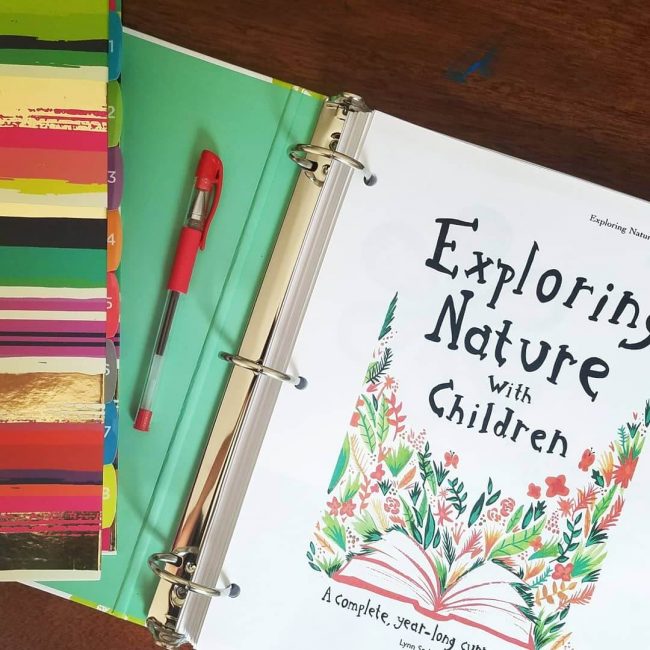
Videos About Bees
Kids (K-2) will enjoy learning about bees with this short video from All Things Animal.
Bee Housing
Did you know you can help your neighborhood bees even if you don’t have room for a beehive? Many bees are becoming endangered so offering them a place to rest on their tiring journey is a great step in helping our bee friends.
Your kids can put out their own bee habitat! These habitats don’t attract honey bees but they do work well for Mason bees which are also important pollinators.
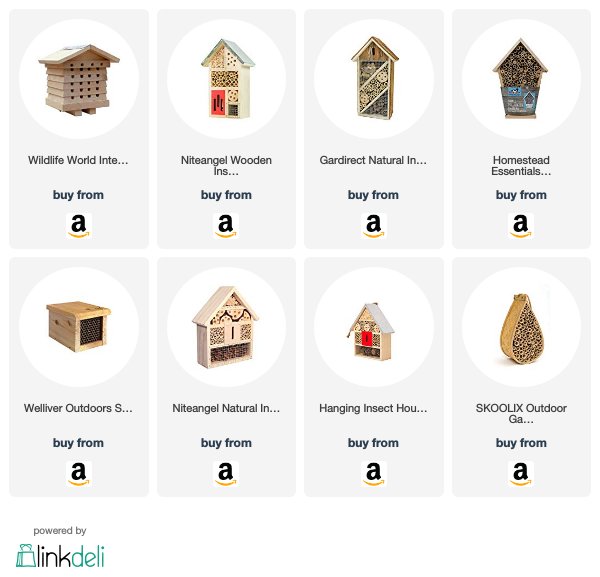
Watch bees up close and personal! But not too close. We don’t want anyone to get stung. That’s why bee cams are extremely helpful. You can visit this live beehive cam on Eplore.org and see for yourself how bees interact with each other.
Did you know you can become a BeeSpotter with Citizen Scientist? The Citizen Scientist project encourages you to observe bees and report their location online. Scientists then use the data collected to better understand what is happening with our bees and how best to help them.
Pollinator Live offers several ways to help all sorts of pollinators around the country.
Learn About the Bee Life Cycle
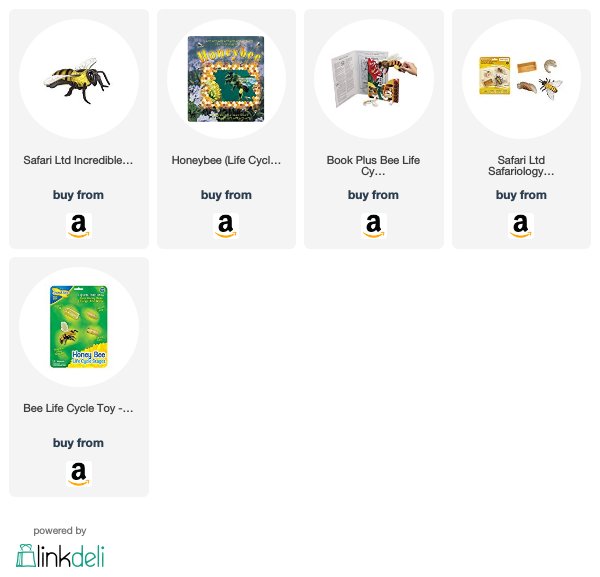
Here are a few other bee related resources you may be interested in:

Bee Art
The Springtime Splendor Mixed Media Workshop has a wonderful Bee themed piece called “Mixed Media Bees” that would be fun for older kids.
The Garden Nature Video Art Lessons from Chalk Pastels offers a lesson on how to paint Honey Bees on a Sunflower and would be perfect for children of all ages!
Read Books about Bees!
Probably one of our most treasured ways to learn. We have a whole giant list of our favorite books all about bees!
The children thoroughly enjoyed the experience despite the heat. and ate their fill of honey before the day was done. It was a pretty sweet day, and it doesn’t get much sweeter than honey.
Tell me, what’s your favorite way to learn about our pollinators?
You may also enjoy:
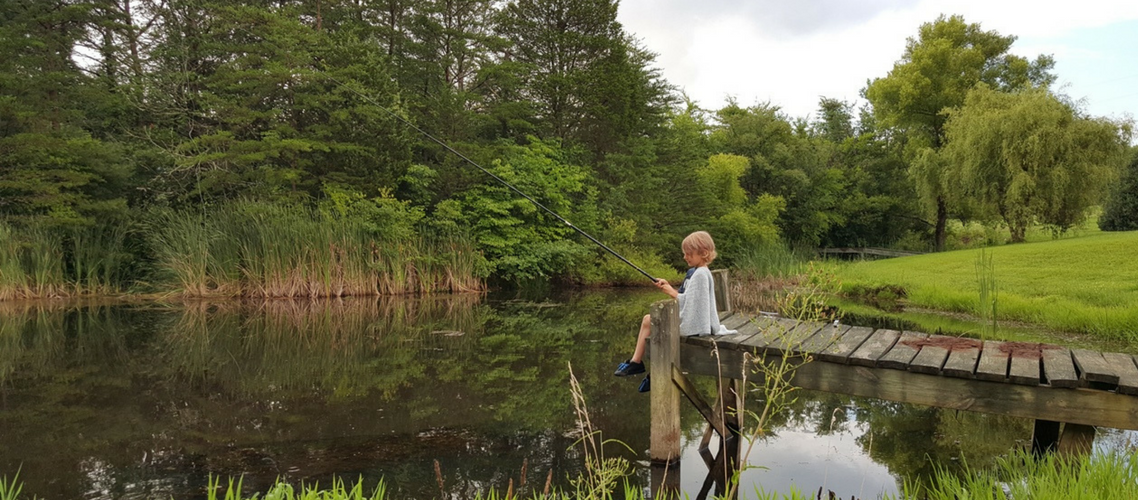
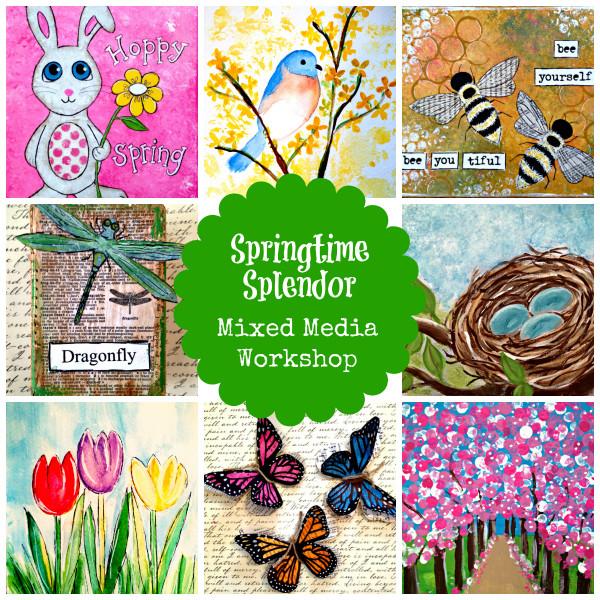
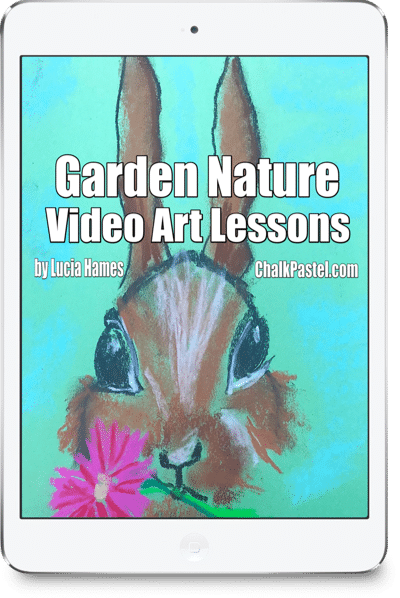
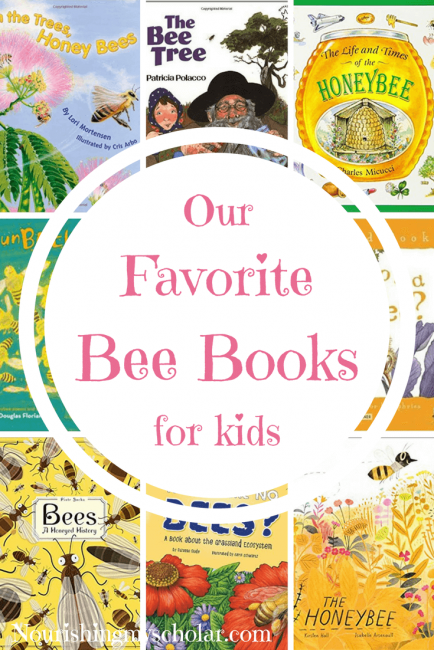
[…] bees, and they provide us with enough honey to last all year as well as a little to spare. Harvesting honey is a family affair and pretty tasty […]